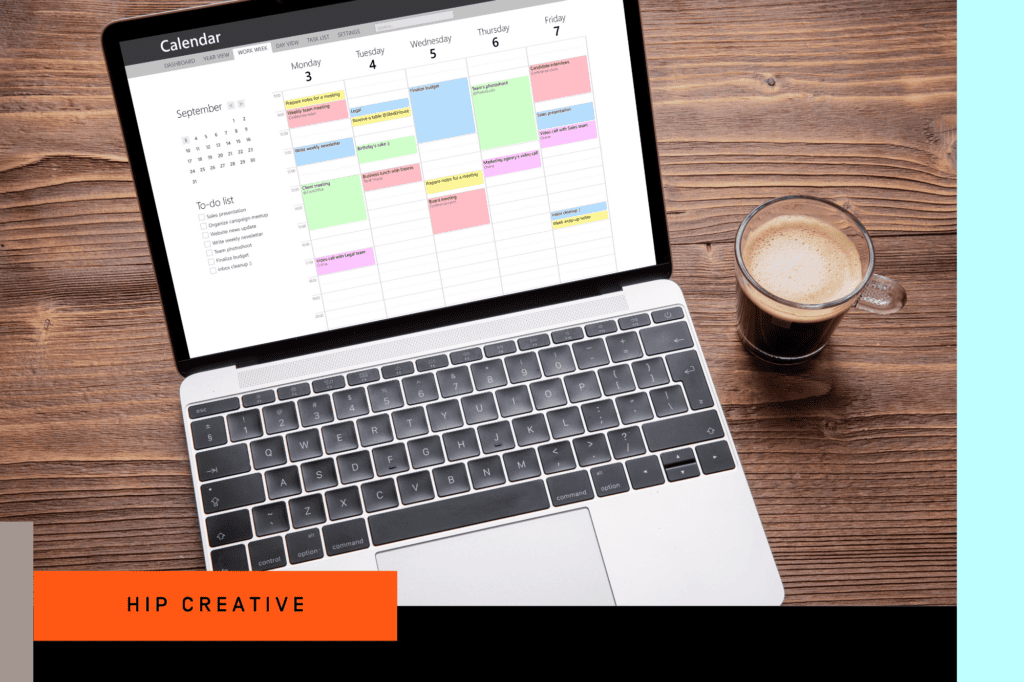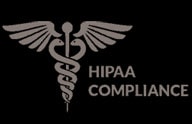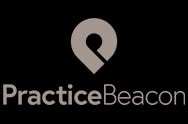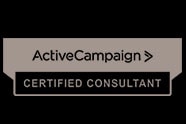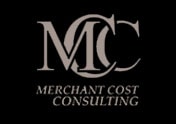If you’re running a dental or orthodontic practice, you know patient cancellations and no-shows can be a significant headache. Not only do they disrupt your schedule and cause delays, but they also cost you tons of money. In fact, the healthcare industry loses about $150 billion each year due to patient cancellations and no-shows!
So what can you do to stop losing money when patients either cancel late or don’t show up at all?
In this article, we’ll take a look at some proven strategies you can implement immediately to help ensure your patients show up when they schedule an appointment.
Understanding Patient Cancellations
Patient cancellations can be frustrating and costly for dental healthcare providers. But if you want to solve the problem, understanding why patients cancel appointments will help you minimize cancellations to recoup some of your lost revenue.
Why Do Patients Cancel Appointments?
Patients cancel appointments for many reasons, including illness, scheduling conflicts, transportation issues, and forgetfulness. Late cancellations and missed appointments, also known as no-shows, are particularly frustrating because you have almost no opportunity to fill those slots with another patient.
The Impact Of Patient Cancellations On Healthcare Providers
As a dental professional, patient cancellations can significantly impact your bottom line. When patients cancel appointments, your office loses revenue and may have to reschedule appointments, leading to longer wait times for other patients.
Late cancellations and no-shows also waste valuable resources, such as staff time and equipment. You still have to pay your staff for the day, even if there are multiple holes in your schedule on any given day due to cancellations. Plus, equipment and treatment rooms are left unused, which further drains your profits.
To minimize patient cancellations and fill appointment slots, you can implement strategies such as reminder calls or texts, offering same-day appointments, and charging fees for late cancellations and no-shows. By understanding the reasons why patients cancel appointments and the impact it has on your business, you can take steps to reduce cancellations and boost your bottom line.
Strategies To Reduce Patient Cancellations
If patient cancellations and no-shows are costing you money, there are several strategies you can use to reduce cancellations and improve your practice’s efficiency.
1) Use Appointment Reminders
One of the most effective ways to reduce patient cancellations is to use appointment reminders. You can use various communication methods, such as email, phone calls, or text messaging, to remind your patients of their upcoming appointments.
HIP’s PracticeBeacon software automates SMS reminders for new patients to ensure they show up for consultations. Many other HIPAA-compliant practice management software offer this functionality as well, boosting appointment attendance and saving your staff valuable time.
You can use automated reminders to send reminders at specific intervals before the appointment. For example, you can send a reminder one week before and another reminder two days before the appointment. This ensures that the patient has enough time to reschedule if necessary.
2) Offer Prepaid Appointments
A study published in the Journal of Economic Behavior and Organization concluded that “prepayment leads to increased personal commitment.” In other words, if patients have already paid for their appointment, they’re much more likely to show up when the day arrives.
You can use this to your advantage by encouraging patients to pay for their appointments in advance, even extending a small discount if they’re willing to prepay for their appointment at the same time they schedule it. The small cost of a small discount will offset the more considerable potential cost of missed revenue from no-shows.
3) Use Multiple Reminder Channels
We talked before about sending automated reminders via text messages, but it’s important to no limit yourself to just one way of contacting your patients. You can send reminders via text or email, and you should call your patients too.
Try their home phone and mobile numbers to ensure you make contact. Ask your patients for their preferred method and save it in their profile in your CRM. After all, most patients WANT to show up to their appointment. It’s up to you to make it easy for them to get there.
4) Follow Up With No-Shows Immediately
Many patients don’t even realize they’ve missed their appointment. If you reach out to them immediately, you have a better chance of getting them to reschedule. Often, the sense of guilt about missing the appointment makes them more likely to show up the next time.
On the other hand, if you ignore them, your chances of ever getting them back in for treatment drop significantly. Don’t turn your back on a good patient after one mental slip-up; try to win them back immediately to avoid losing their business for good.
5) Create A Rescheduling Policy
A clear rescheduling policy helps reduce cancellations by letting your patients know what you expect. For example, your cancellation policy can require patients to reschedule within a specific time frame or pay a cancellation fee. A documented policy ensures that patients take their appointments seriously and reduces the number of last-minute cancellations. Have your patients sign the rescheduling policy at their first appointment. And give them a copy to take home so they remember.
6) Use Printed Appointment Cards
With all the digital reminders and smartphone apps, do you still need to bother with old-fashioned appointment cards? If you care about avoiding cancellations and no-shows, the answer is YES.
Some patients still rely on printed cards and will likely get stuck to someone’s refrigerator with a magnet. When they have a visual reminder of an upcoming appointment that doesn’t involve scrolling through their calendar, they’re more likely to keep their appointment top-of-mind.
Bonus points: Print your Rescheduling Policy on the back side of your appointment cards so patients are reminded precisely what will happen if they don’t show up.
7) Use Google Calendar Appointments
Google Calendar (but not Apple’s iCal, sorry!) is HIPAA-compliant when appropriately used. See if your scheduling software has an available integration with Google Calendars. If so, it’s a great way to ensure that your patients get a digital reminder without manually entering the appointment.
8) Schedule Appointments ASAP
People are more likely to forget their appointment the further it is in the future.
For orthodontists, new patient consultations have a notoriously high no-show rate. At HIP, we recommend doctors battle this by getting new patients into their chairs within 72 hours of first speaking with them. By offering them the opportunity to come in quickly, your appointment stays fresh in their mind and reduces the chances of them making other plans.
You can apply this same strategy to any dental appointment—whenever possible, get patients (especially new patients) into your office as soon as possible. You’ll see a decline in cancellations and no-shows as a result.
9) Implement A No-Show Fee
Finally, consider implementing a no-show fee to discourage patients from missing appointments. By charging a fee for missed appointments, you can reduce the number of no-shows and improve your scheduling efficiency. As always, communicate your no-show policy clearly to patients and provide reminders before their appointment.
In conclusion, reducing patient cancellations requires many tools, communication methods, and policies. You can reduce cancellations and increase your revenue by using appointment reminders, having clear rescheduling guidelines, and more.
Additional Ways To Reduce Cancellations
Reduce Wait Times
Long wait times can be frustrating for both you and your patients. But did you know they impact your cancellation and no-show rate?
It’s true. If patients expect to spend half an hour or more in your waiting room every time they visit, they’ll be more likely to cancel future appointments. Fortunately, there are several strategies you can implement to reduce wait times and improve patient satisfaction.
Optimize Scheduling
Optimizing your scheduling practices is one of the most effective ways to reduce wait times. Consider using software that allows patients to schedule appointments online or through a mobile app. Optimizing scheduling processes reduces patients’ time on hold or waiting for a callback. Additionally, you can use data analytics to identify peak appointment times and adjust your scheduling accordingly.
Streamline Intake Forms
Another way to reduce wait times is to streamline your intake forms. For example, consider using digital forms that patients can complete online before their appointment. Digital intake forms reduce patients’ time in the waiting room and allow you to gather important patient information before the appointment.
Utilize A Patient Portal
Patient portals are another great way to reduce wait times and improve patient satisfaction. By allowing patients to access their medical records, test results, and other important information online, you can reduce patients’ time waiting for information. Additionally, patient portals minimize the time your staff spends on administrative tasks, allowing them to focus on making your patients feel like they are your top priority.
Improve The Patient Experience
When it comes to reducing patient cancellations, making your patients like visiting your office can make a big difference. Patients with a positive experience are more likely to return for future appointments and recommend your practice to others. Here are a few ways to create a better patient experience.
Create A Comfortable Waiting Room
The waiting room is one of the most critical aspects of the patient experience. It’s their first impression of your office and sets the tone for their entire experience. Of course, the best waiting room experience is a short one, but the best waiting rooms make patients more forgiving of minor delays in your schedule. Here are a few tips:
- Provide Comfortable Seating — Choose comfortable and supportive chairs, and make sure there are enough seats for everyone, even at your busiest moments.
- Offer Amenities — Provide magazines, books, and other reading materials, as well as snacks and drinks.
- Keep It Clean — Make sure the waiting room is clean and well-maintained, with plenty of natural light and good air circulation.
- Provide Entertainment — Consider adding a TV or music to help patients pass the time.
- Think Of The Kids — Nothing makes parents happier than happy kids. So show family-friendly content on the TV and consider having a small play area with toys, paper, and crayons to keep the little ones occupied.
Reduce Fear Of Pain
Many patients cancel dental and orthodontic appointments because they fear experiencing pain during a procedure. Here are a few ways you can help reduce this fear:
- Explain The Procedure Well — Make sure patients understand what will happen during the procedure, what to expect, and answer any questions.
- Offer Pain Management Options — If possible, offer pain management options such as local anesthesia or nitrous oxide to help reduce pain and anxiety.
- Use Distraction Techniques — Distract patients during the procedure by playing music, providing headphones, or using other methods to take their minds off the pain.
Communicate Effectively
Many no-shows and cancellations boil down to simple communication issues. Effective communication is vital to reducing patient cancellations. Here are a few tips for improving communication with your patients:
- Be Clear And Concise — Use simple language and avoid medical jargon that patients may not understand.
- Listen Actively — Listen to your patient’s concerns and address them in a compassionate and understanding manner.
- Follow Up — After a procedure, follow up with your patients to make sure they are doing well and answer any questions they may have.
Focusing on these aspects of the patient experience can help reduce patient cancellations and create a more positive experience for your patients.
Start Reducing Your Appointment Cancellations Today
By implementing these proven strategies above, you can dramatically reduce patient cancellations and no-shows to boost productivity at your practice. Remember, consistent communication, patient education, and strong patient relationships are crucial to success.
By prioritizing the patient experience, sending frequent reminders, and utilizing technology, you can create a practice environment encouraging patients to commit to their appointments. Ultimately, these efforts contribute to a thriving practice and better outcomes for both you and your patients!
